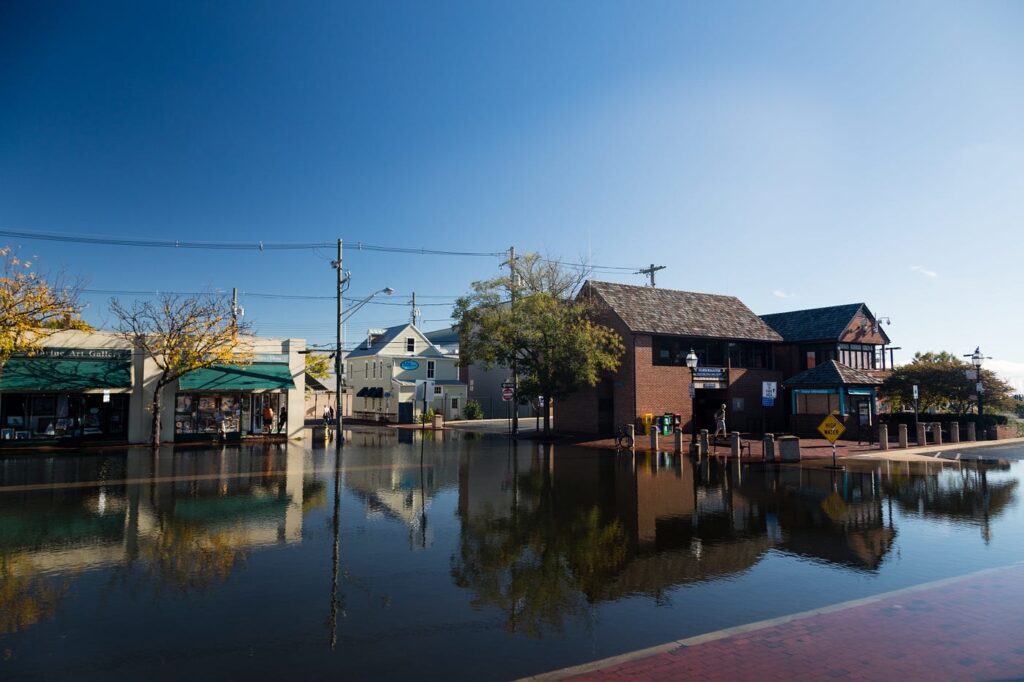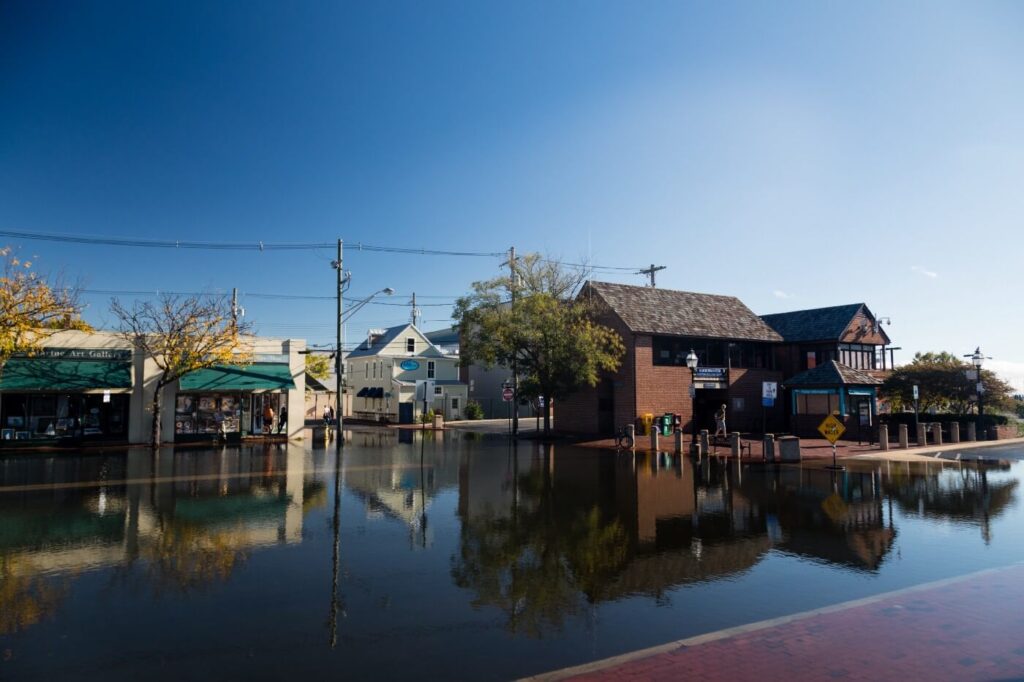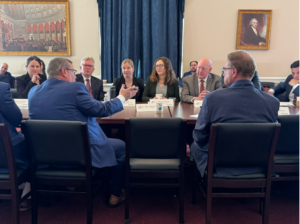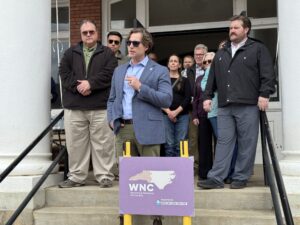What we know about FEMA’s new approach to calculating flood risk
November 7, 2019 Update: FEMA announced that the agency will delay the implementation of Risk Rating 2.0 by one year to October 1, 2021. The additional time will allow FEMA to conduct an analysis of the proposed rating structure in order to protect policyholders and minimize unintentional negative effects of the transition. While FEMA originally intended to implement Risk Rating 2.0 with a phased approach, the extension will allow for all types of NFIP policies to transition to the new system at the same time.
More reasonable insurance rates. More accurate flood maps. These are a few of the goals that FEMA seeks to achieve as it works to improve the National Flood Insurance Program (NFIP) and deliver rates that better reflect a property’s flood risk. This effort — better known as Risk Rating 2.0 — is set to be unveiled later this year.

What is Risk Rating 2.0?
As a part of its efforts to build a culture of preparedness and close the insurance gap, FEMA is working to change the way it rates a property’s flood risk and prices insurance. FEMA’s intent is to improve the experience for policyholders by simplifying the process and delivering rates that better reflect the unique risk of each property. FEMA announced this change in March of 2019.
How will Risk Rating 2.0 impact flood insurance rates?
Risk Rating 2.0 will change the way FEMA rates flood risk and prices insurance by incorporating updated technology and a more comprehensive understanding of risk.
FEMA intends to realize the latter by looking at new factors that portray real risk, including different types of flooding that impact a property, the distance a property is from the coast or another flooding source, and the cost to rebuild or restore that property. This will allow for unique rates that accurately reflect an individual property’s risk. After all, why would a homeowner pay for insurance that is blind to the actual value of the property being insured? Depending on the coverage, this could lead to the homeowner being grossly underinsured — or paying rates that are excessively high for unnecessary coverage. FEMA hopes to remedy this inequity.
The new risk rating will be a departure from FEMA’s current methodology, which dates back to the 1970s and is based primarily on Flood Insurance Rate Map zones and Base Flood Elevation. Risk Rating 2.0 will contain a broader range of frequencies to measure flood risk. This more nuanced approach will move away from the binary “one-size-fits-all” approach of current flood maps, where rates may differ dramatically from one zone to the next on rate maps.
Take, for example, the 100-year flood zone. Under current law, rates are largely determined by the zone your house is located in on the Flood Insurance Rate Map, and if your property is within a 100-year flood zone you’re required to purchase flood insurance. Under Risk Rating 2.0, while being located within a 100-year flood zone will still trigger the mandatory purchase requirement, your rates will be based on a number of factors that produce a customized, individual rate for your property.
While the current methodology is based around the 100-year flood zone, Risk Rating 2.0 will incorporate a broader range of frequencies to measure risk. By having a broader range of frequencies, the new plan will ensure that homeowners purchasing flood insurance won’t face large rate increases due to map changes or dramatically different rates from their neighbors if they are on the edge of a flood zone. That said, the mandatory purchase requirement for flood insurance will still be triggered by the 100-year flood zone.
Risk Rating 2.0 will also improve the experience for policyholders by making the NFIP easier to understand. The current process can be confusing to navigate. According to FEMA, a new rating system will be rolled out to assist insurance agents in pricing and selling policies. The system will also allow homeowners to more clearly understand flood risk and the methodology behind their insurance rate.
What are the benefits of Risk Rating 2.0?
According to FEMA, the benefits of the new initiative include:
- A more accurate picture of risk at the individual property level
- Rates that are easier for policyholders and insurance agents to understand
- Reflection of more types of flood risk than is currently shown
- Use of up to date actuarial practices to set rates
- A simplified process for insurance agents to produce quotes
How will Risk Rating 2.0 impact current flood insurance rates?
At the outset it is important to note that federal law sets a cap on rate increases at 18% a year. Nothing in Risk Rating 2.0 will change this cap.
Under Risk Rating 2.0, properties in flood-prone areas with a higher repair cost may see rate increases. On the other hand, it is likely that properties with a lower repair cost and/or in a less flood-prone portion of a 100-year zone will see rates decrease. However, until FEMA releases the final details of the program — the extent and impact of the program on specific rates is unable to be determined.
In the event Risk Rating 2.0 subjects a homeowner to a significant rate increase, FEMA has programs available to offer rate relief. For example, under current federal law, discounted rates may be available for pre-Flood Insurance Rate Map properties and for properties that are newly mapped into the Special Flood Hazard Area. FEMA will continue to offer these discounts.
What is FEMA’s timeline for introducing the new rates?
New rates for single-family homes are expected to go into effect on October 1, 2020.
What can I do as a local official or community leader?
- Communicate the change to residents clearly. Some residents may be alarmed to hear that their flood insurance rates could increase. Sharing articles and information from FEMA that comprehensively and clearly explain FEMA’s process moving forward and the impact on rates will be helpful to those with an interest in the initiative. Sharing information about protections like statutory caps and FEMA discounts for certain properties will increase awareness and help property owners adjust to potential changes.
- Educate homeowners on purchasing flood insurance. Local officials and community leaders can also provide information to residents on the benefits of flood insurance. Despite flooding being the most common and most costly natural disaster, many people in the United States don’t have flood insurance. Homeowners may benefit from flood insurance even if they don’t think that they need it. During Hurricane Harvey, almost three-quarters of the homes that flooded in Harris County, Texas were outside of FEMA’s 100-year flood plain, so many of the homes impacted were not required to have flood insurance. In 2017, Hurricanes Irma and Harvey caused an estimated $50–75 billion in total losses, 76% of which came from uninsured residential homeowners. Providing information to homeowners can help them to understand their flood risk and make informed decisions about purchasing flood insurance.
- Enroll in FEMA’s community rating system and engage in mitigation strategies to reduce flood risk. NFIP’s Community Rating System is a voluntary program for encouraging community floodplain management that exceeds NFIP minimum standards. Discounts on flood insurance premiums may be awarded to communities that meet the goals of the program, including reducing flood damage to insurable property, strengthening and supporting insurance aspects of the NFIP, and encouraging a comprehensive approach to floodplain management. Communities accrue points in order to improve their rating, which can be awarded for activities in the categories of public information, mapping and regulations, flood damage reduction and warning and response.
As FEMA continues to develop Risk Rating 2.0 and reform NFIP, the American Flood Coalition will monitor the progress and provide informational updates for our members. As always, if you have any questions or concerns please do not hesitate to contact us via social media or at info@floodcoalition.org
This post was authored by Victoria Sclafani, Policy Associate.






